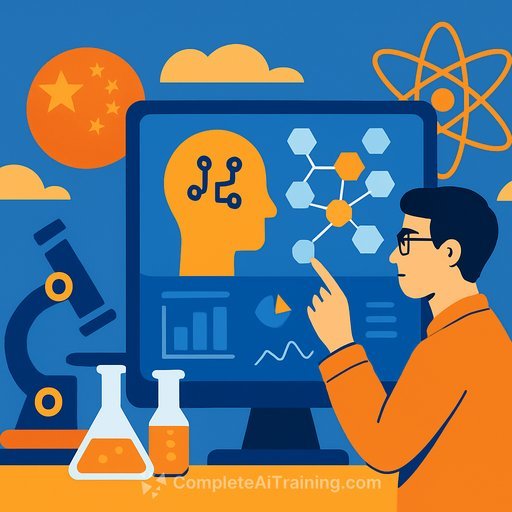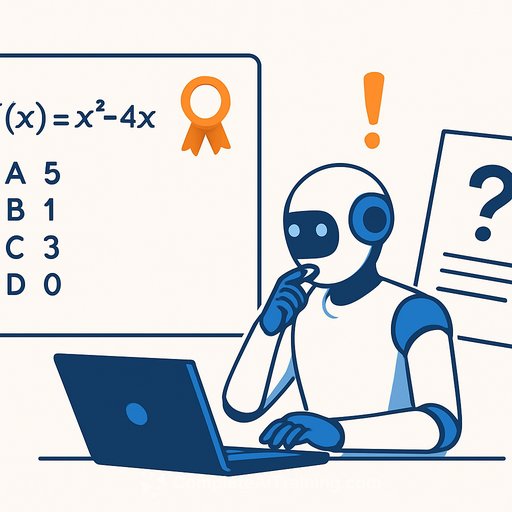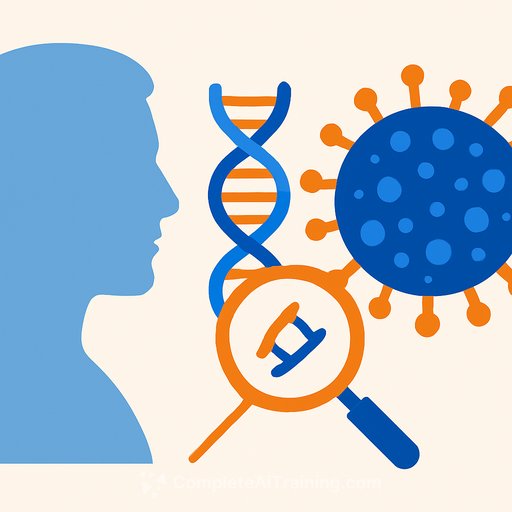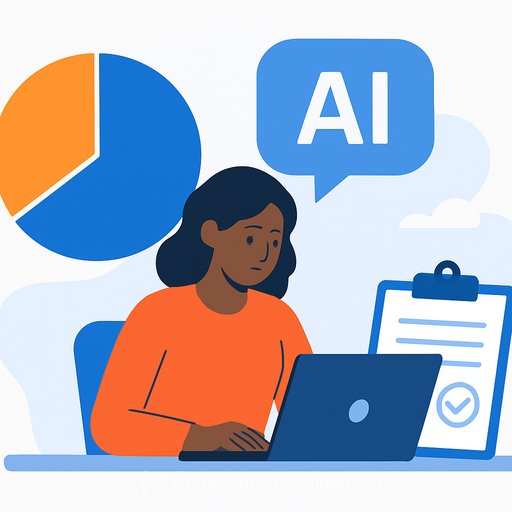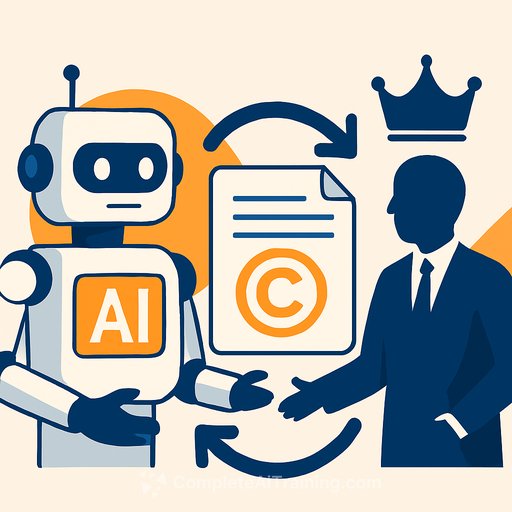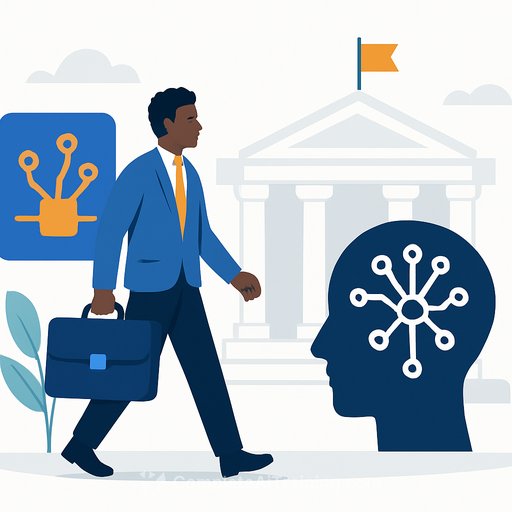European Commission Launches 'RAISE' Strategy to Advance AI in Scientific Research
October 8, 2025
The European Commission has released "A European Strategy for Artificial Intelligence in Science: Paving the way for the Resource for AI Science in Europe (RAISE)." The Strategy aims to speed up AI adoption across all research disciplines in Europe, backed by a Joint Research Centre (JRC) report that maps how AI is used across the scientific process and where to invest next. The JRC will also lead a new AI Evaluation Hub to monitor and assess AI models and systems in strategic scientific fields.
Why it matters
AI is moving from pilots to production in research. The JRC finds that two in five global AI players have at least one research and innovation activity. Among those with research activities, the EU has the largest share of AI research players at 13% (US 4%, China 1%). This is a window to convert research strength into scientific breakthroughs and economic value.
What the Strategy sets in motion
- Shared infrastructure and open science: Common platforms and open data to improve reproducibility, access, and trust.
- Compute and tooling: Investment in High-Performance Computing (HPC) and "AI Factories" to reduce barriers from training and deploying advanced models.
- Data foundations: Open scientific data repositories to standardize discovery and reuse.
- Evaluation at scale: A JRC-led AI Evaluation Hub to benchmark models against real scientific tasks, not just generic tests.
Skills: build hybrid teams
The JRC underscores the need for interdisciplinary teams that blend AI, engineering, and domain expertise. Human judgment stays central; AI augments the work, it does not replace scientific reasoning.
- Recruit and develop "hybrid" profiles across labs, agencies, and industry partners.
- Fund cross-training: AI for domain experts; domain context for data scientists and engineers.
- Retain talent with clear career paths, recognition, and access to compute and quality data.
Where AI is already delivering
Scientists are using AI to improve search and discovery, moving beyond keyword lookup to context-aware, semantic systems. Across engineering, life sciences, and the humanities, teams are producing results that translate into practical outcomes.
- Protein analysis and structure prediction, speeding up research cycles.
- Drug discovery workflows with more targeted candidate selection.
- Materials discovery for better performance and sustainability.
- Computational humanities that scale analysis of texts, images, and artifacts.
Infrastructure priorities
Powerful models demand substantial compute and reliable data pipelines. The Strategy calls for investments in HPC, AI Factories, and open repositories to make advanced tools accessible and results reproducible. This lowers the cost of experimentation and accelerates validation.
Implications for policymakers, research leaders, and funders
- Set open data and model reporting standards tied to funding and evaluation.
- Co-invest in shared compute and data services that serve multiple disciplines.
- Back the AI Evaluation Hub to establish trustworthy, domain-specific benchmarks.
- Update ethics, security, and procurement frameworks for AI-enabled research workflows.
- Track impact: time to insight, reproducibility rates, and deployment into public services and industry.
Background and context
The JRC report analyzes AI across the scientific process and includes deep dives into protein structure prediction, materials discovery, and computational humanities. The goal: identify where AI brings measurable gains and where infrastructure and talent will yield the highest return.
The Strategy supports wider EU policy goals. The EU Competitiveness Compass (January 2025) and the Clean Industrial Deal (February 2025) highlight the circular economy as a path to a more resilient, competitive industrial base that supports climate goals and quality jobs.
Next steps you can act on now
- Map AI use in your organization: what's working, what's stalled, and what data and compute are missing.
- Choose 2-3 high-value scientific tasks for pilots with clear success metrics and evaluation plans.
- Stand up an internal evaluation workflow aligned with the coming AI Evaluation Hub.
- Build a training roadmap for hybrid roles and partner with external providers where useful. For curated options by role, see AI courses by job.
Bottom line: The EU's RAISE Strategy connects policy, infrastructure, and talent so AI can improve the pace, quality, and impact of European research. The organizations that move first on shared infrastructure and hybrid skills will set the standard.
Source: EU Joint Research Centre
Your membership also unlocks:

